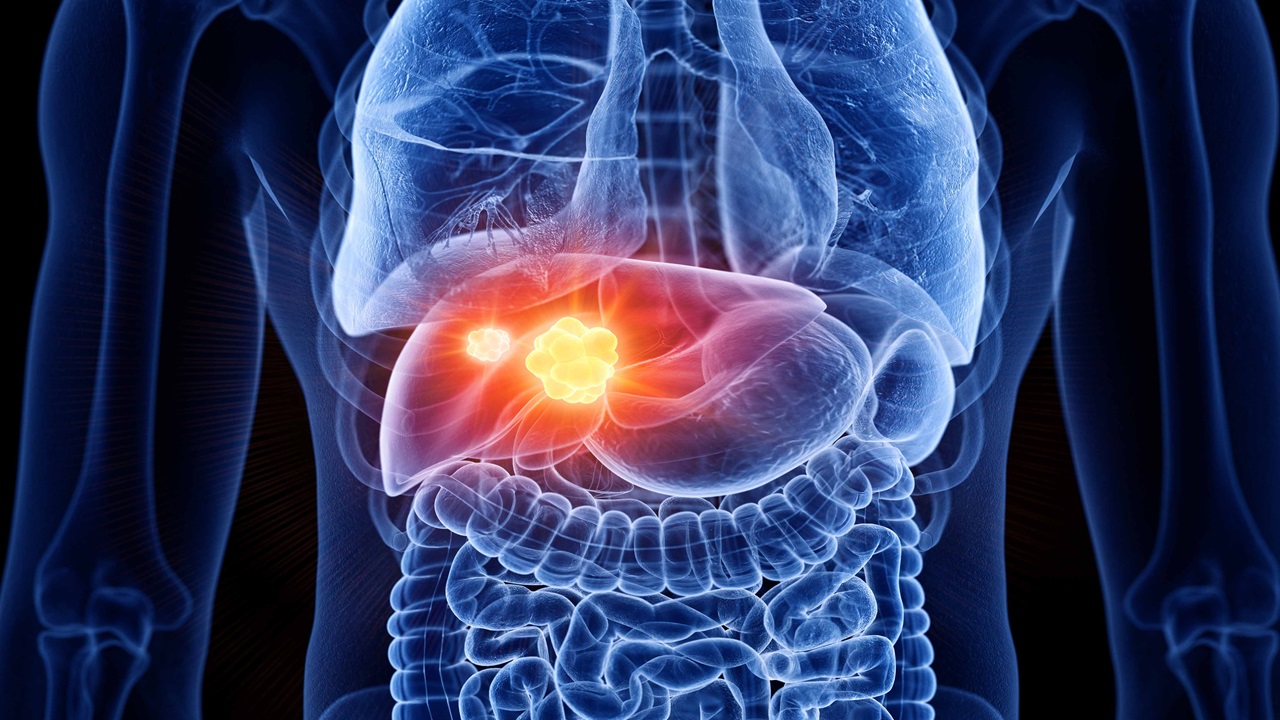
Cancer is a fatal disease in the treatment of which patients have to suffer immense pain. But scientists have discovered a new treatment by which this pain can be reduced. Recently bubble treatment has been approved by the FDA.
Formation of bubbles in the blood is a medical emergency, but these bubbles can help us fight cancer. A treatment for liver cancer called bubble-associated histotripsy has been discovered at the University of Michigan. This can help in reducing the deadly pain of cancer to a great extent.
Treatment through sound waves
Histotripsy is an advanced technology in which sound waves are used to treat liver cancer. These sound waves create tiny gas bubbles inside the targeted tissue. When these bubbles burst, they release shockwaves that can effectively break up cancerous masses and kill cancer cells. This is considered a painless treatment option. With this, liver cancer patients can be treated without causing pain.
Histotripsy is not limited to liver cancer
This treatment has recently been approved by the US Food and Drug Administration (FDA). This treatment is being known as Edison System in the market. Histotripsy is not limited to liver cancer only. According to the Focused Ultrasound Foundation, it also has the potential to treat kidney cancer, soft tissue tumors and osteosarcoma. This treatment has opened new avenues for the treatment of cancer.
Cancer cases are increasing
Cancer cases are continuously increasing all over the world. In the US alone, an estimated 41,210 adult cases of liver cancer have been seen this year. However, this disease affects men more than women. If seen globally, in 2020, more than 905,000 people across the world were diagnosed with liver cancer. It is currently the third leading cause of cancer-related deaths worldwide.
However, due to advances in medical technology, survival rates from liver cancer have improved significantly. In the last 40 years, this figure has increased to 21 percent.
